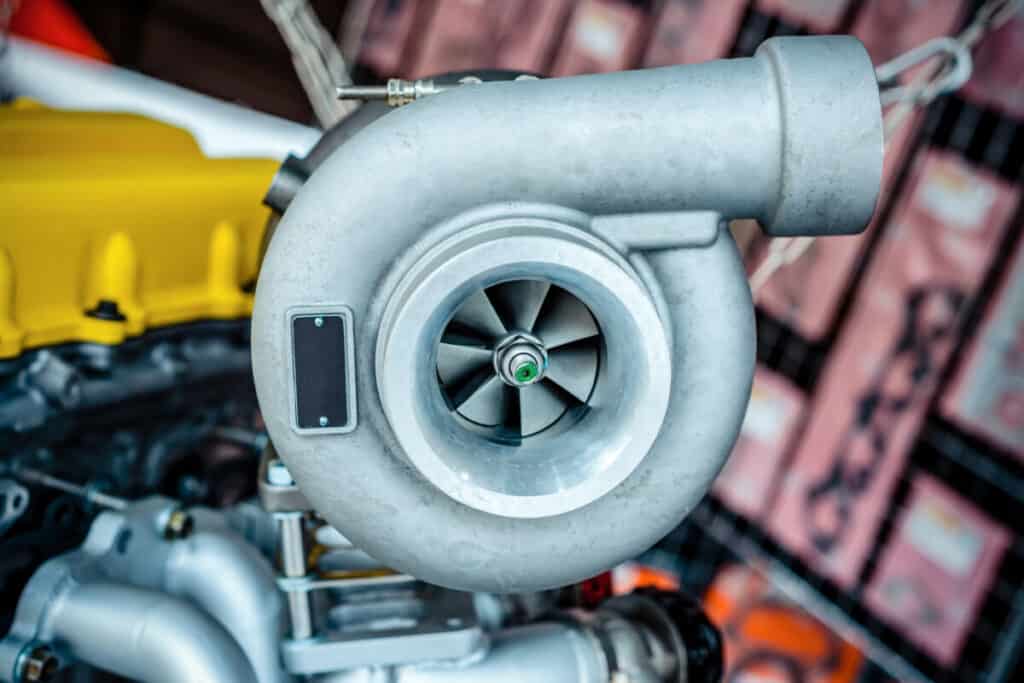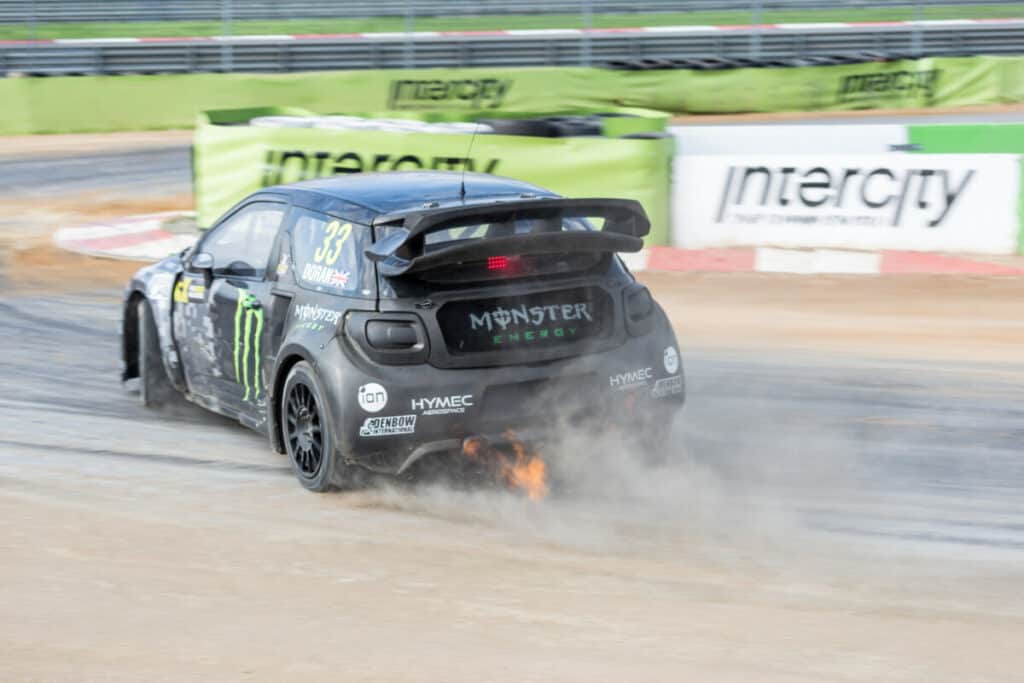As much as I and everyone else love turbochargers there is one problem most people have with using them, turbo lag.
Turbo lag is a hesitation or unresponsiveness which may be felt as a slow throttle response during acceleration. Turbo lag occurs due to the time it takes the turbo housing to fill with exhaust gas, spool up the turbine and build enough boost pressure inside the compressor to create extra power.
Turbo lag can drastically change the performance output of an engine in a negative way. Luckily there is a solution to the problem which we will get to further on in this article, first let’s discuss what exactly turbo lag is.
What is Turbo Lag?
Turbo lag is a common annoyance among car tuners and petrol heads. Turbo lag is the time delay from when you floor the throttle to when you feel the pull of torque when the turbo reach’s full boost.
The reason for this time delay is due to the turbocharger needing time to fill with enough exhaust gasses to create the energy needed to sufficiently spool (spin) up the exhaust turbine inside the turbo housing.

The way a turbo works is by using the engine’s exhaust gas and pressure to energize the turbocharger. When you are driving along with the throttle open, the engine is producing emissions/gas, and this gas then flows through the turbo exhaust housing at high pressure which then spools the turbine wheel inside the turbo which in turn creates boost pressure inside the compressor housing of the turbo.
Turbo lag only occurs when you are accelerating from a closed throttle position, this is because when the throttle is closed, the engine is not producing enough exhaust gas to create the pressure needed inside the exhaust housing of the turbo to spool the turbine.
Once you open the throttle to accelerate, the engine needs time to build RPM, produce more exhaust gas, and deliver that exhaust gas to the turbocharger, the gas then needs to spool the turbine wheel which then also spools the compressor wheel, the compressor then needs to suck in atmospheric air, compress it and then deliver it through the intercooler and into the engine.
Now you can understand what turbo lag is and why there is a time delay from when you press the gas and feel the pull of torque.
To find out exactly how a turbo works you should check out this article
Turbo lag is especially a problem when you add a bigger upgraded turbo to your engine because the bigger the turbo, the more rotational inertia it has, meaning it takes more energy and more time to fill with gas and spool the turbo.
That’s why it is important to do your research when choosing a bigger turbo, because although bigger might sound better, it really isn’t, and it can have detrimental effects on the performance of your engine if you choose the wrong size turbo
Choosing the correct size turbo is rather simple and by using a compressor map calculator you are sure to choose the perfect size turbo for your performance target and engine size.
How To Fix Turbo Lag
There are a few different ways of fixing or reducing turbo lag depending on your budget and performance needs.
Anti Lag
An anti-lag system, or a bang-bang system as they are better known, is the only way to eliminate turbo lag from an oversized turbocharger and it works brilliantly (kinda).
Anti-lag works by adjusting ignition timing while also pumping a slightly richer air/fuel mixture into the cylinders than the engine can burn.
Because the ignition timing is adjusted the explosion inside the cylinder is delayed, meaning this extra air/fuel mixture is then ejected into the exhaust manifold where it is then subject to the extreme heat coming from the exhaust housing of the turbocharger, also known as the hot side of the turbo.
This heat then ignites the air and fuel mixture inside the manifold which drastically increases the pressure inside the exhaust manifold, this pressure then allows the turbine to keep spinning even when the throttle is fully closed.
The result of this is no turbo lag because the turbo is constantly spooled and ready for full boost. This ignition inside the exhaust manifold is what causes all the flames, bangs, and fireworks coming from the exhaust that anti-lag is famous for.
But there is a downside, and if you want ridiculous amounts of power you are going to need to sacrifice turbo reliability because although anti-lag sounds awesome, it will absolutely destroy your turbo eventually.
The reason for this I’m sure you can imagine, is all that extra heat and explosions constantly happening inside your exhaust manifold puts huge amounts of stress on the exhaust manifold and the turbocharger, that’s the reason why WRC cars need their turbo to be replaced after every event.

To install anti lag you will need to get your ECU remapped and if you do decide to go this route be sure you take your car to a reputable remapping service and not a DIYer who is just trying stuff out because when it comes to ECUs and remapping, it can get messy and expensive real quick.
Reduce The Size of The Exhaust Housing
By reducing the size of the turbo exhaust housing you are significantly reducing the effects of turbo lag because the smaller exhaust housing will fill with gas much quicker, resulting in more responsive acceleration and boost.
Most good turbo manufacturers produce between two to four different-sized exhaust housings for every turbo they sell, meaning the turbo can be easily modified to suit your particular needs.
Sequential Turbocharging
Sequential turbocharging is basically twin-turbo, the only difference is that with sequential turbocharging only one turbo operates at low RPM, then once a higher RPM is reached the second turbo opens up.
The benefit of sequential turbocharging is that you can use two smaller turbochargers which would greatly reduce turbo lag while still giving you the power of two turbos instead of just one.
The downside to this setup is that it is expensive and complicated to set up correctly and it still does not completely eliminate lag it just makes it more tolerable, sequential turbocharging is more commonly used in diesel engines.
Conclusion
In a nutshell, the only real way to get rid of turbo lag completely is by installing anti-lag at the expense of your turbos longevity, so unless you are building a car with nothing but raw power in mind, its probably not worth it, just be sure to choose the correct size turbo for your car and you will be good to go.
Recent Posts
If you've ever wondered at what speed does your turbo kick in, then you have come to the right place. This article explains exactly what it is that causes your turbo to "kick in" and how to take full...
